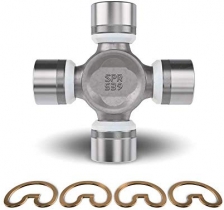-
Welcome to Tacoma World!
You are currently viewing as a guest! To get full-access, you need to register for a FREE account.
As a registered member, you’ll be able to:- Participate in all Tacoma discussion topics
- Communicate privately with other Tacoma owners from around the world
- Post your own photos in our Members Gallery
- Access all special features of the site
2005 2.7 liter high pitch sound after starting
Discussion in '2nd Gen. Tacomas (2005-2015)' started by JWMC25, Apr 6, 2024.


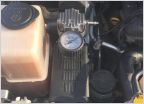 Under the hood On Board Air
Under the hood On Board Air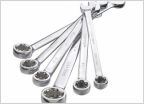 Help!! I stripped a nut..
Help!! I stripped a nut.. 2nd gen w/2" lift - rear shocks
2nd gen w/2" lift - rear shocks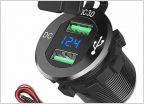 2008 and later radio in my 2007
2008 and later radio in my 2007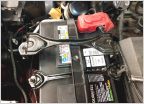 Tundra OEM tie down - fits aftermarket batteries
Tundra OEM tie down - fits aftermarket batteries






























